Laser Probe Size
Laser Probe Market Growth Projections and Opportunities
The laser probe market is influenced by a variety of factors that contribute to its growth and development. Firstly, technological advancements play a significant role in shaping the market landscape. As laser technology continues to evolve, the development of more advanced and sophisticated laser probes enables healthcare professionals to perform minimally invasive procedures with greater precision and efficacy. These technological innovations drive demand for laser probes across various medical specialties, including dermatology, ophthalmology, urology, and cardiology.
Secondly, the increasing prevalence of chronic diseases and medical conditions necessitates the use of minimally invasive surgical techniques, thereby driving the demand for laser probes. Laser probes offer several advantages over traditional surgical methods, including reduced risk of complications, shorter recovery times, and improved patient outcomes. As the global burden of chronic diseases such as cardiovascular diseases, cancer, and diabetes continues to rise, healthcare providers are increasingly adopting laser-based treatments to address these conditions, fueling market growth.
Another key factor driving the laser probe market is the growing demand for aesthetic procedures and cosmetic surgeries. Laser technology is widely used in dermatology and aesthetic medicine for procedures such as skin resurfacing, hair removal, tattoo removal, and scar revision. The increasing emphasis on personal appearance and beauty standards, coupled with advancements in laser technology that enable safer and more effective cosmetic procedures, has led to a surge in demand for laser probes in the aesthetic market segment.
Moreover, favorable reimbursement policies and government initiatives aimed at promoting the adoption of minimally invasive surgical techniques further bolster market growth. Reimbursement policies that cover laser-based procedures incentivize healthcare providers to invest in laser equipment and probes, thereby driving market expansion. Additionally, government-sponsored programs and initiatives that support research and development in laser technology contribute to the advancement of laser probe technology and facilitate market growth.
Furthermore, the growing geriatric population worldwide is a significant driver of market demand for laser probes. Elderly individuals are more prone to age-related health issues and chronic conditions that often require surgical intervention. Laser probes offer a less invasive alternative to traditional surgery, making them particularly well-suited for the elderly population, who may be at higher risk of complications associated with invasive procedures. As the global population continues to age, the demand for laser probes for geriatric care is expected to increase significantly.
Additionally, increasing healthcare expenditure and investments in healthcare infrastructure in emerging economies contribute to market growth. Countries in Asia-Pacific, Latin America, and the Middle East are witnessing rapid economic growth and urbanization, leading to improved access to healthcare services and greater demand for advanced medical technologies, including laser probes. Rising disposable incomes, expanding healthcare coverage, and increasing awareness about the benefits of laser-based treatments drive market expansion in these regions.
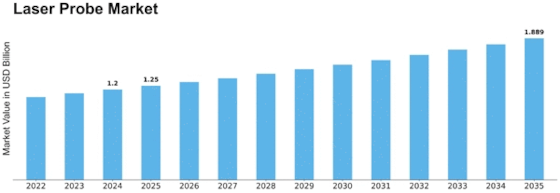

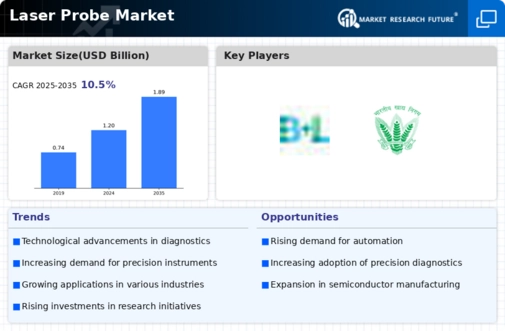

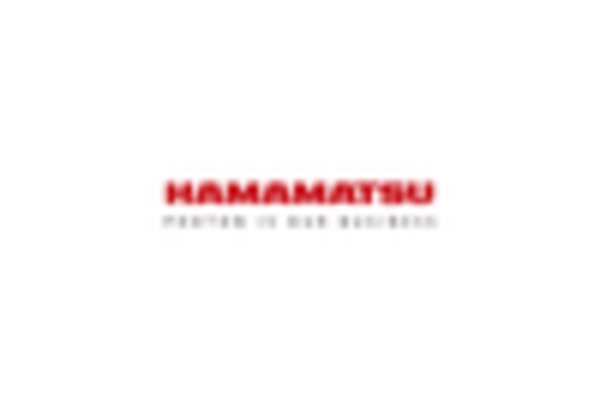
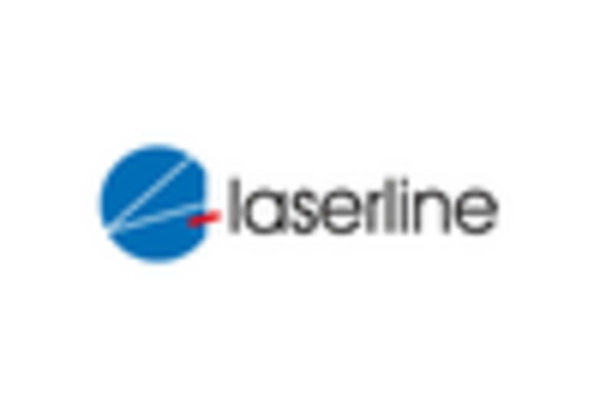
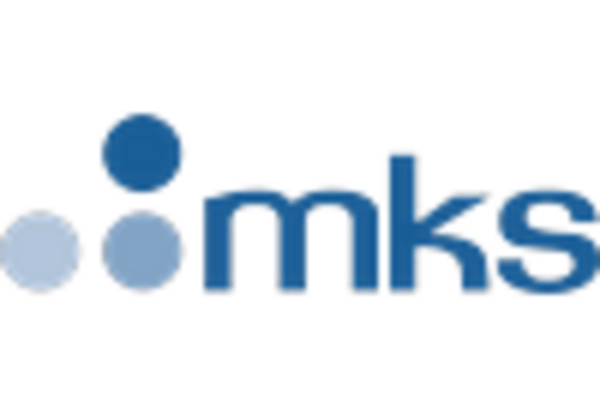
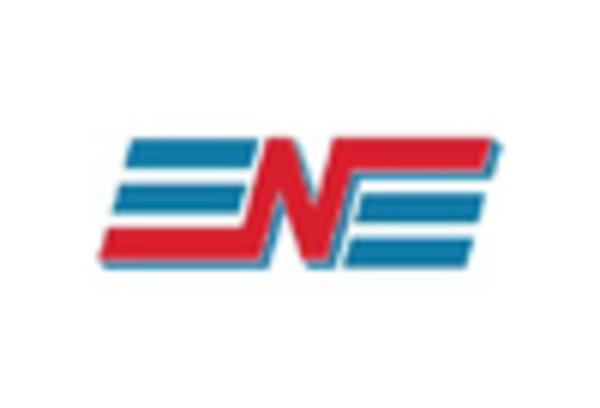
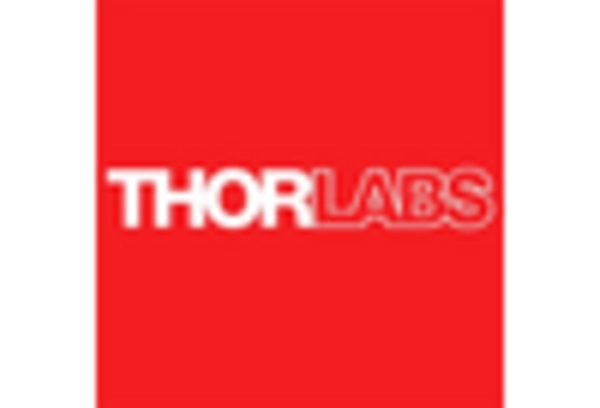









Leave a Comment